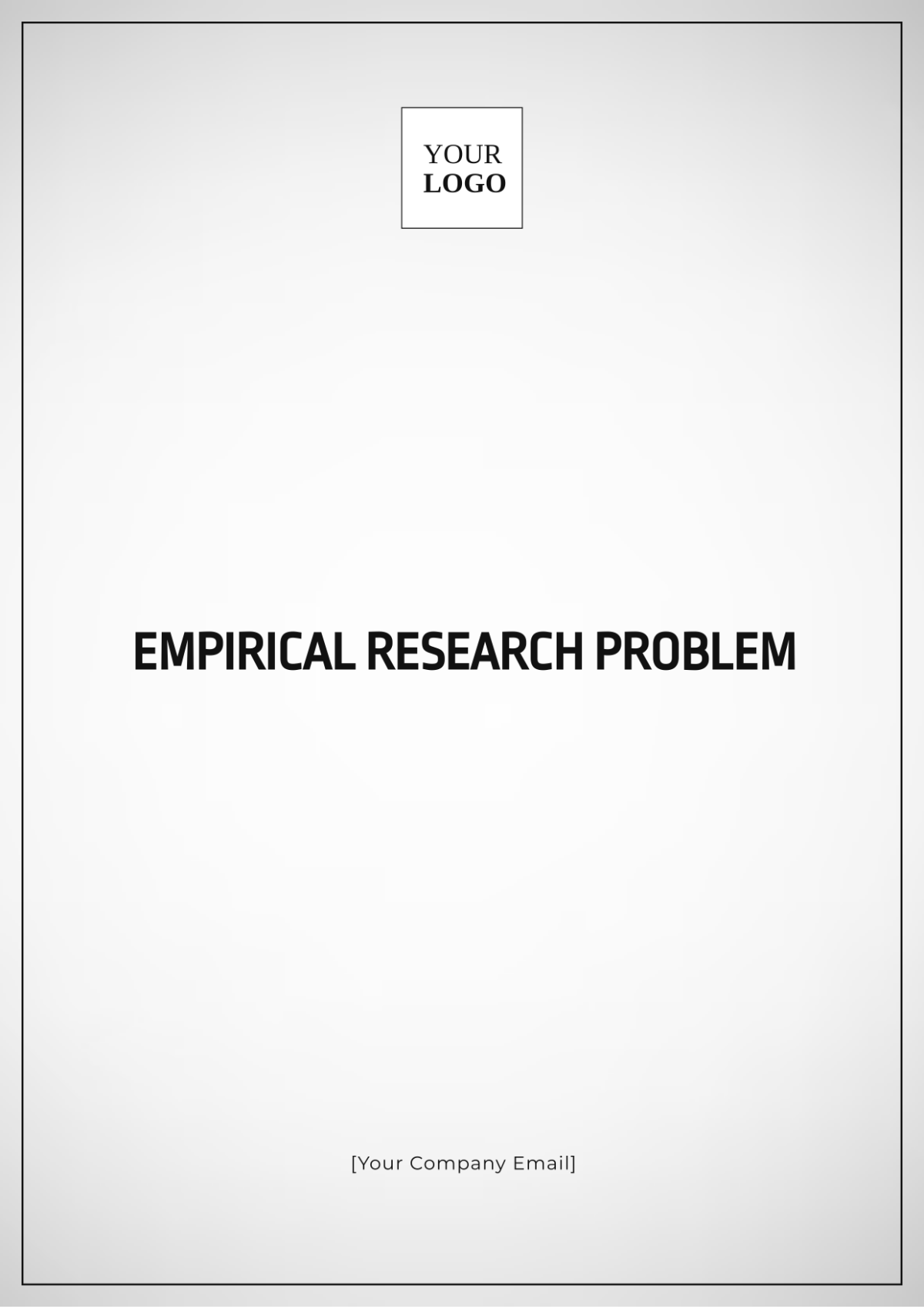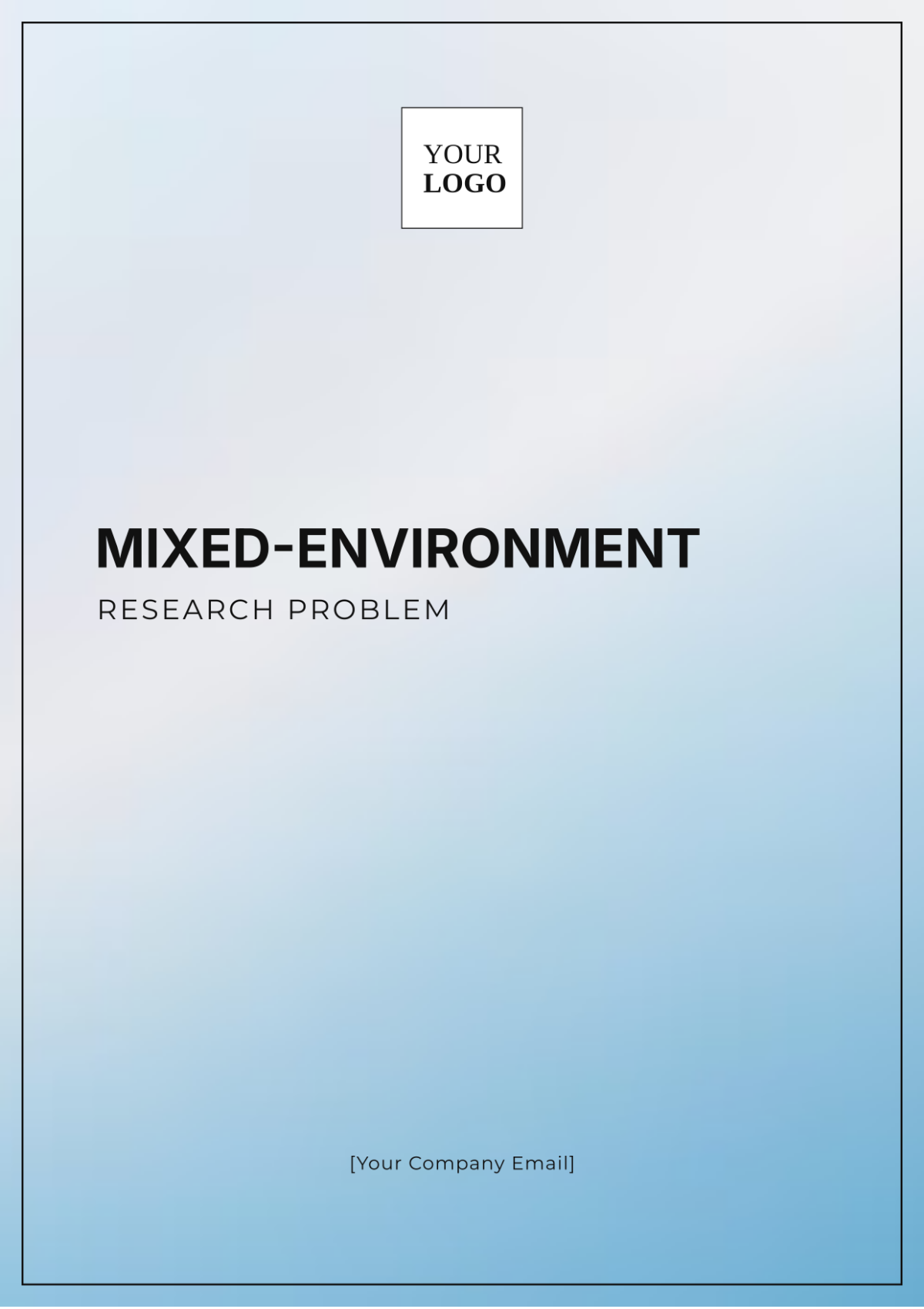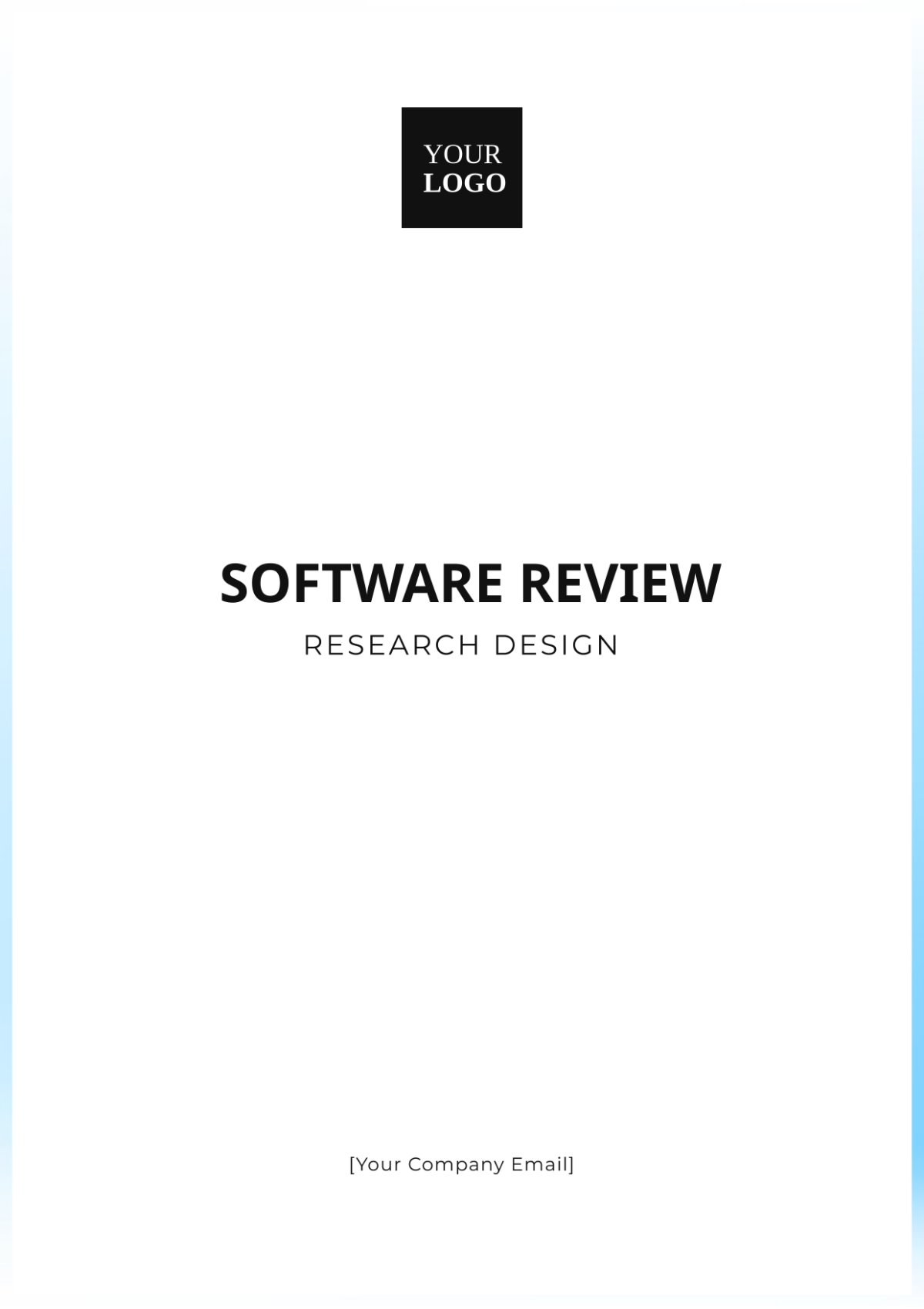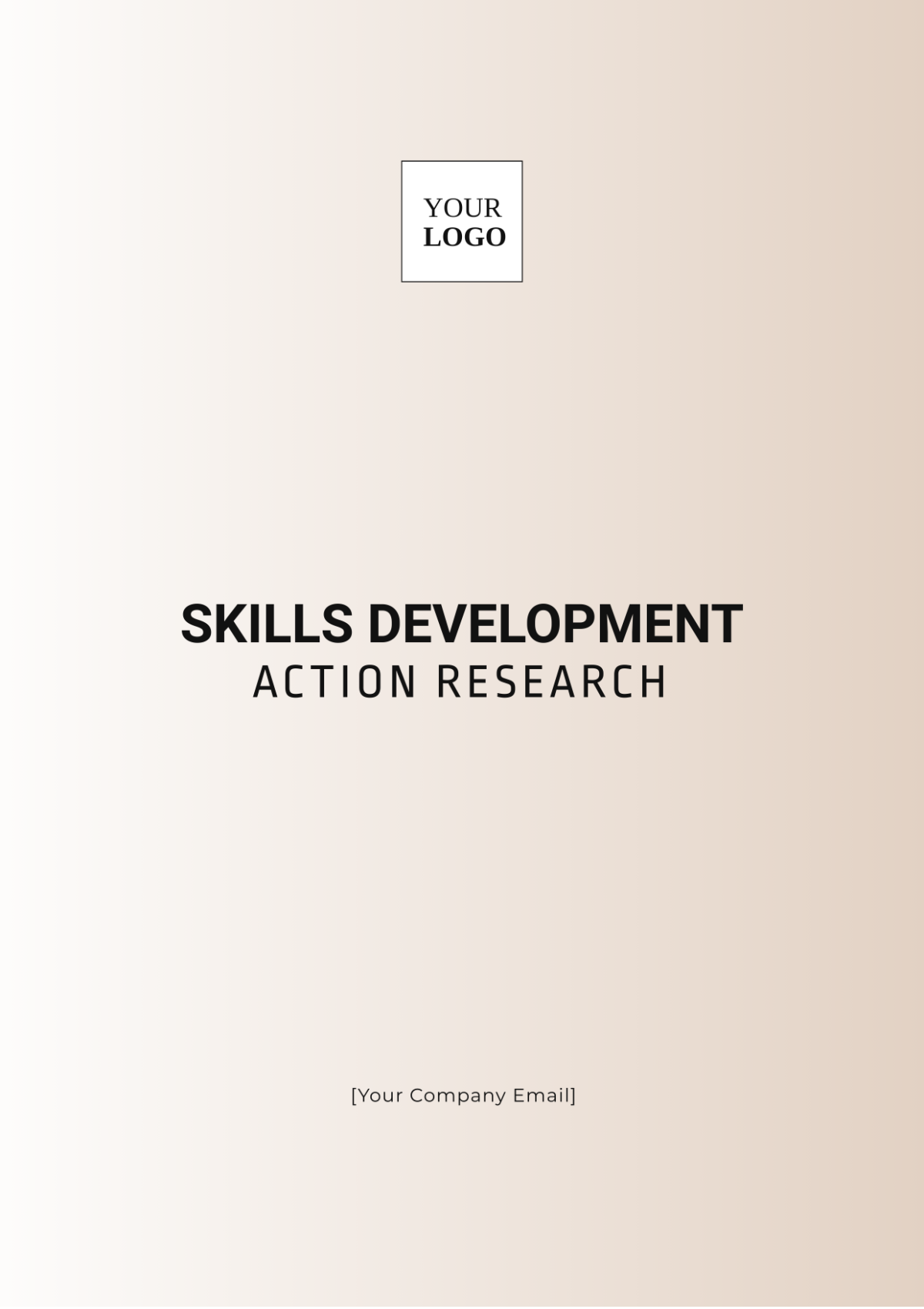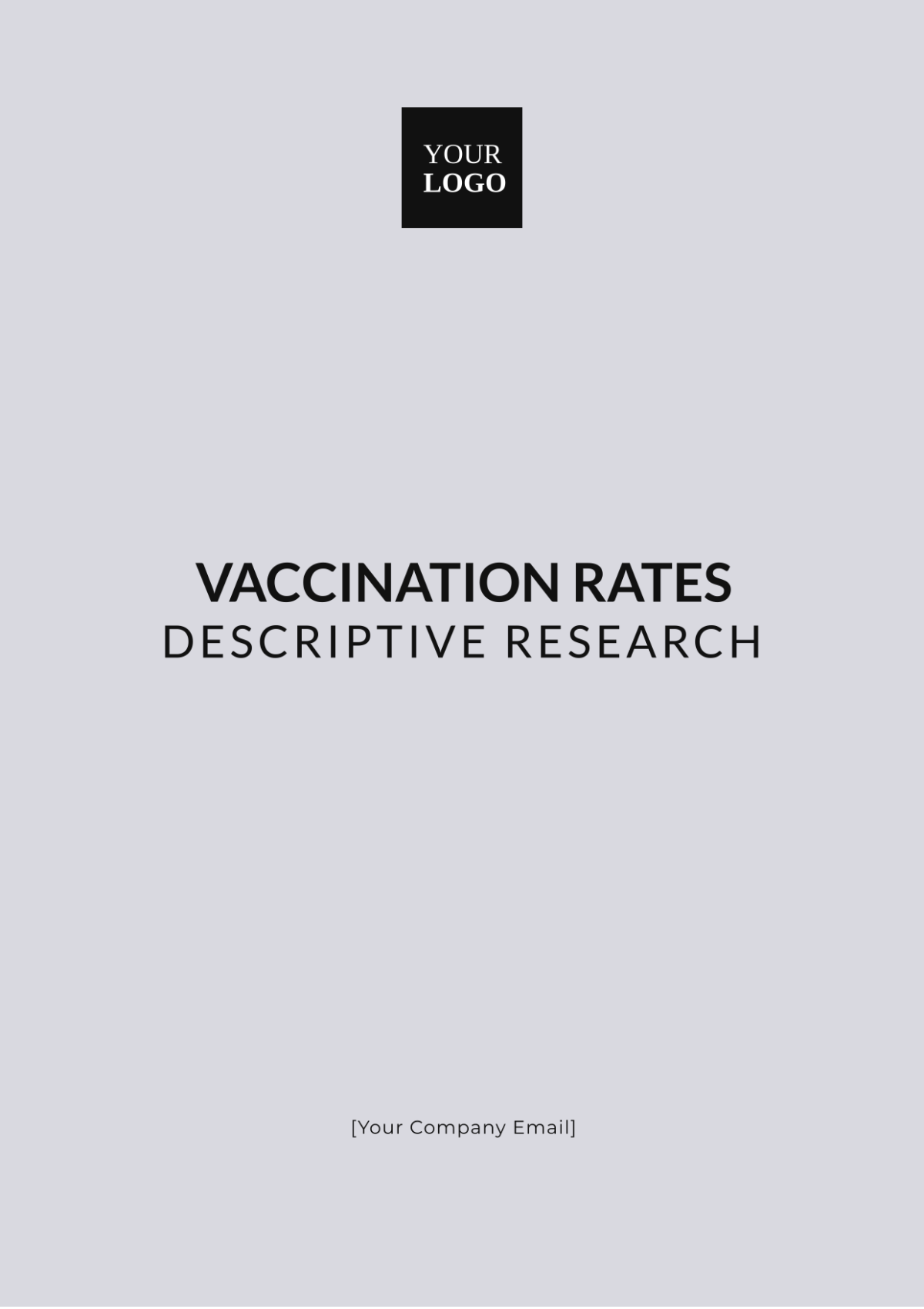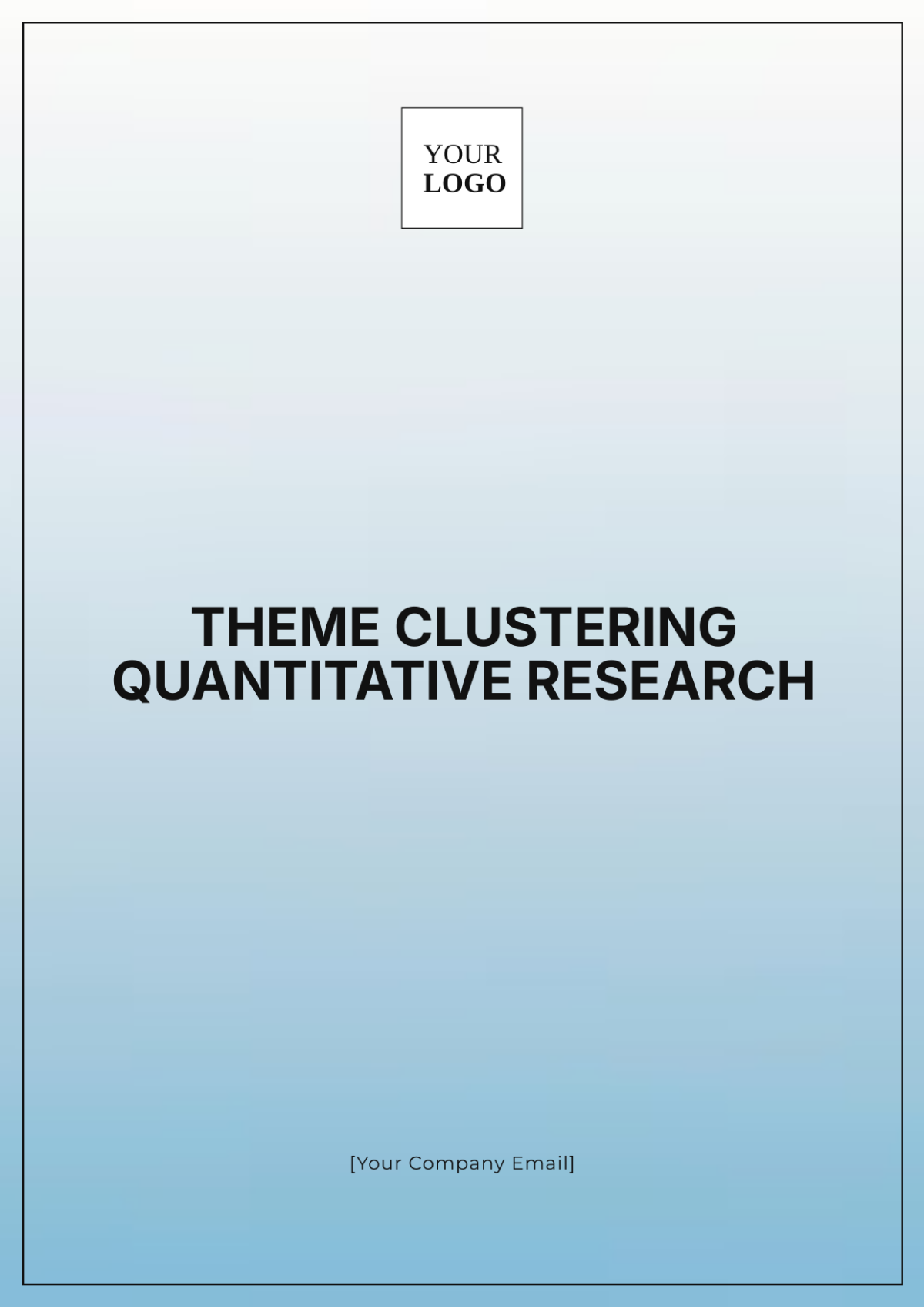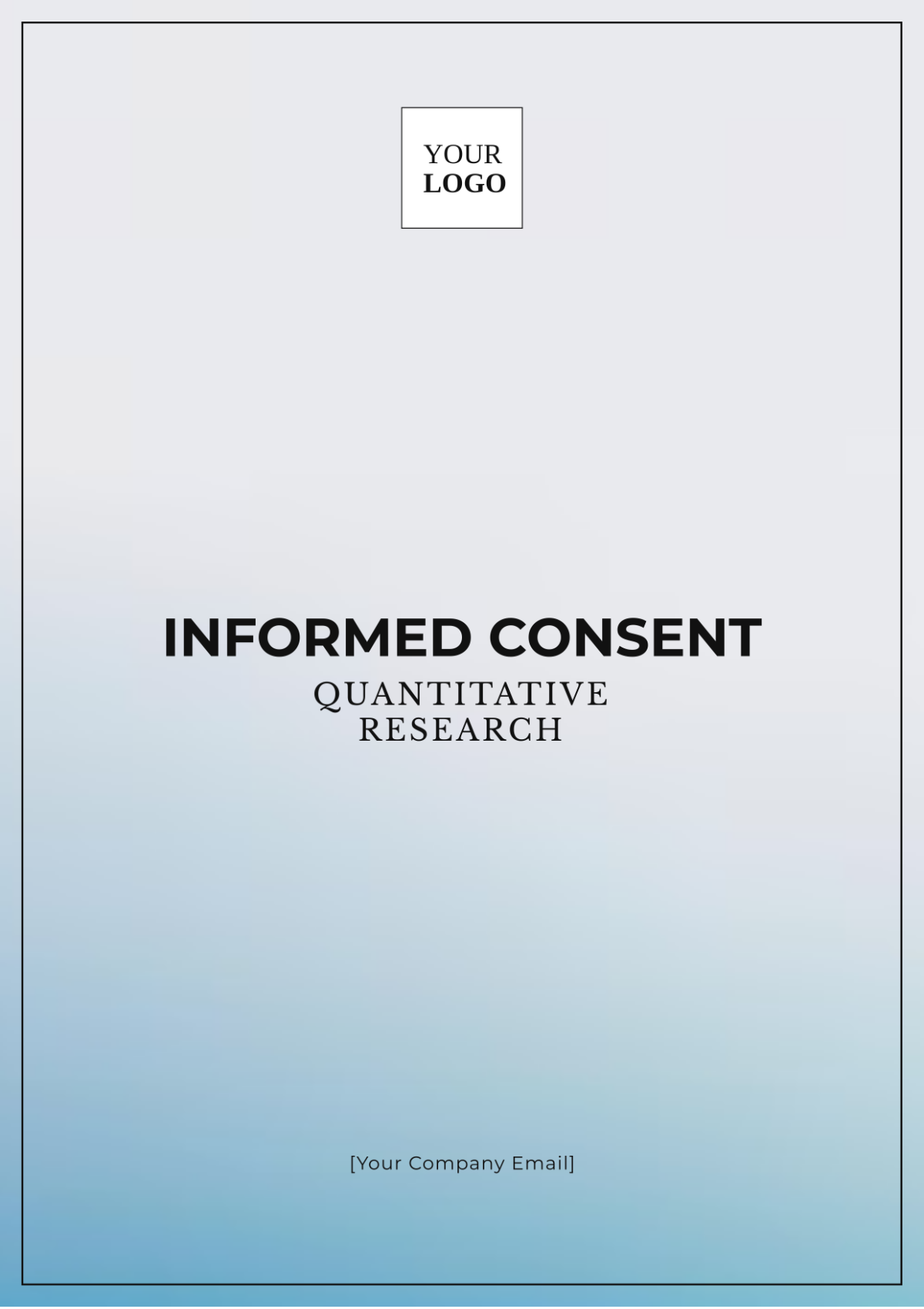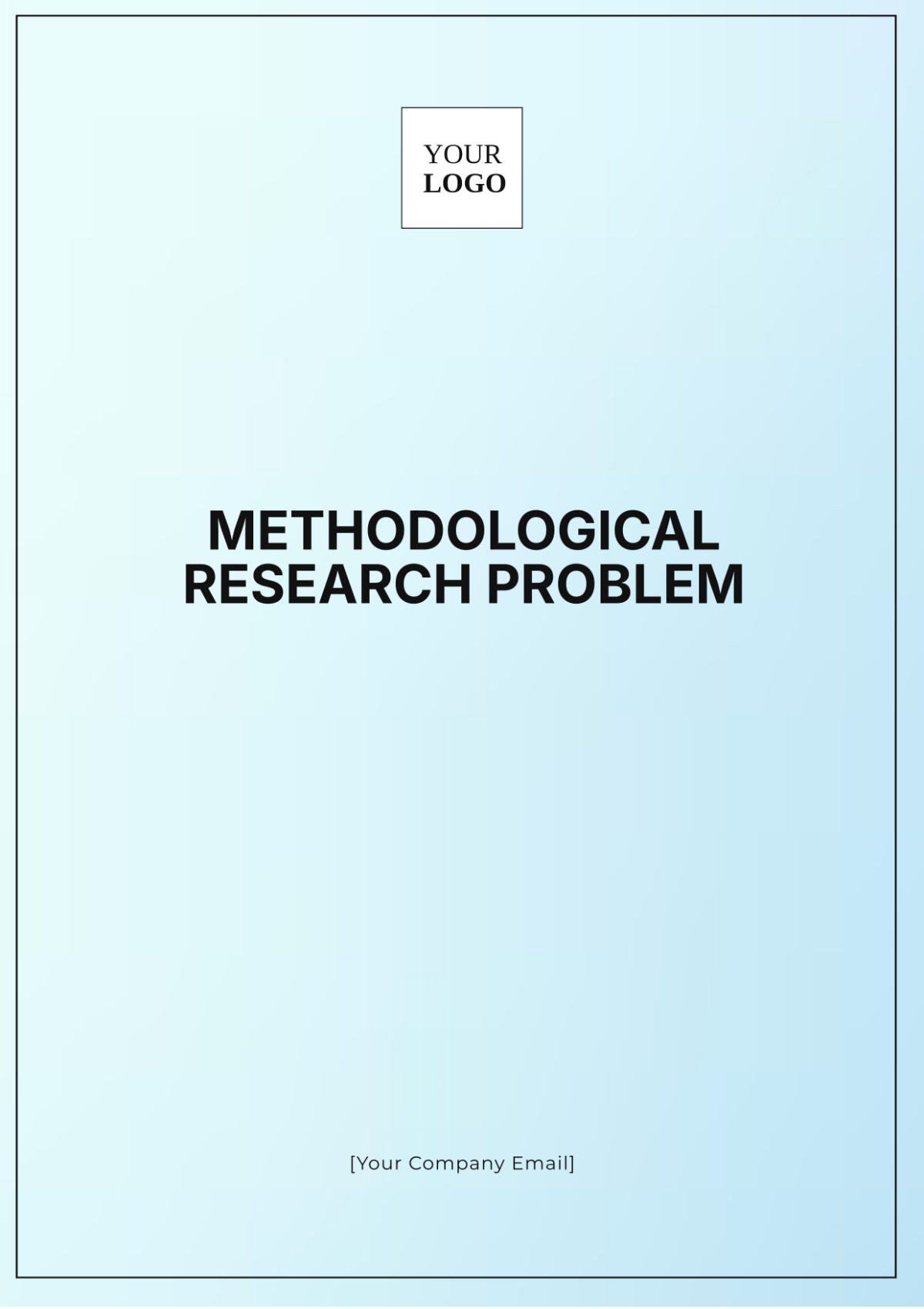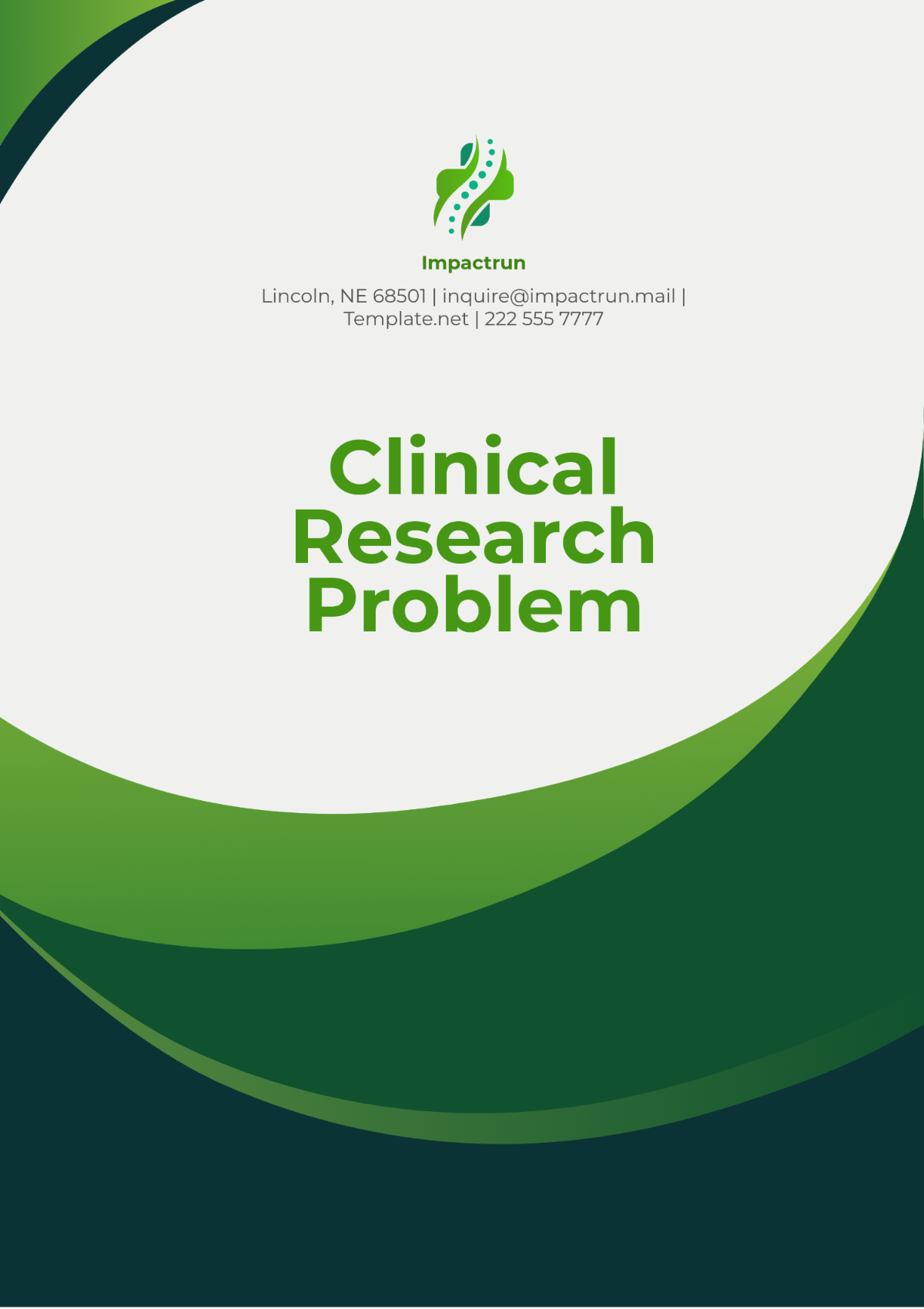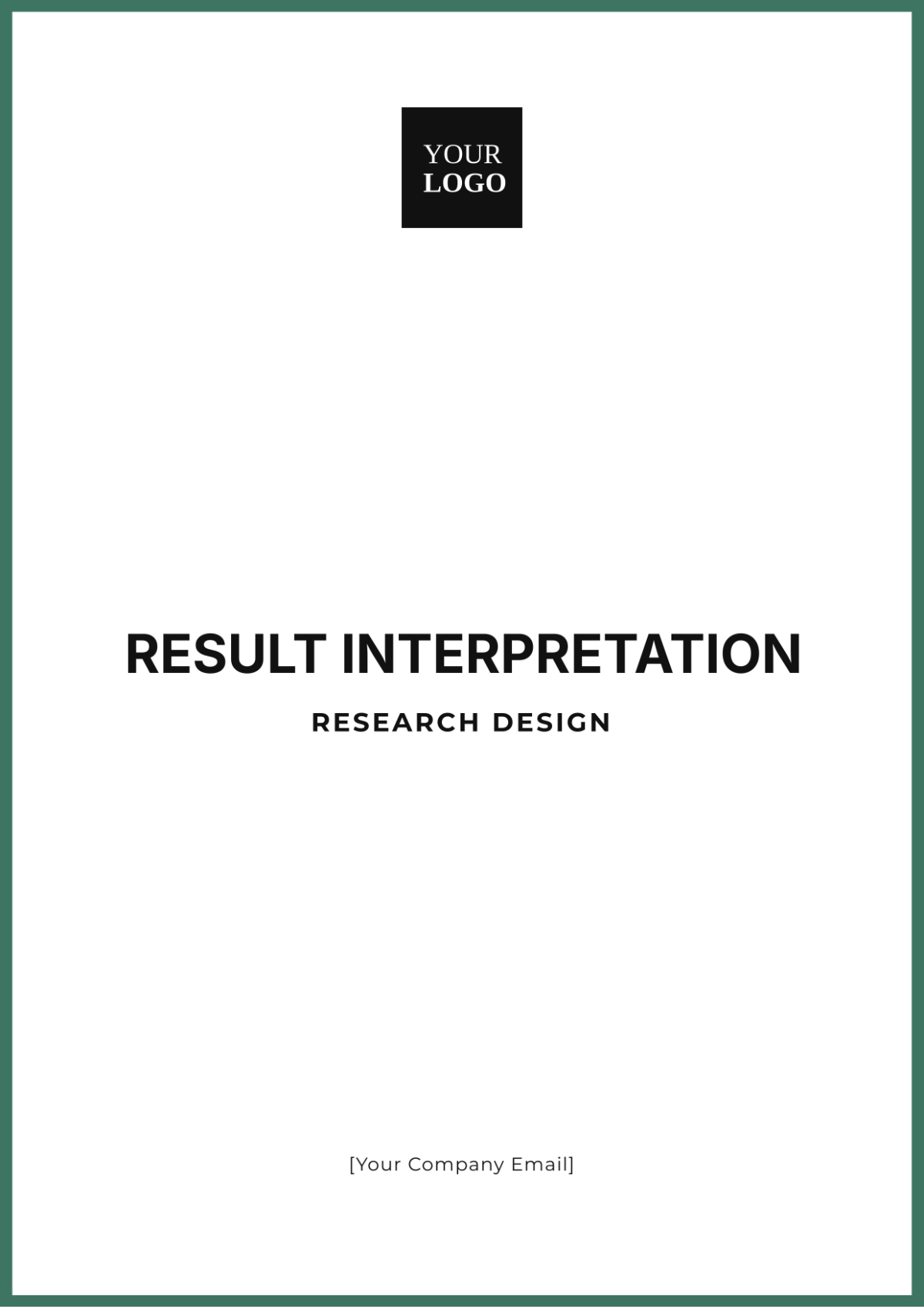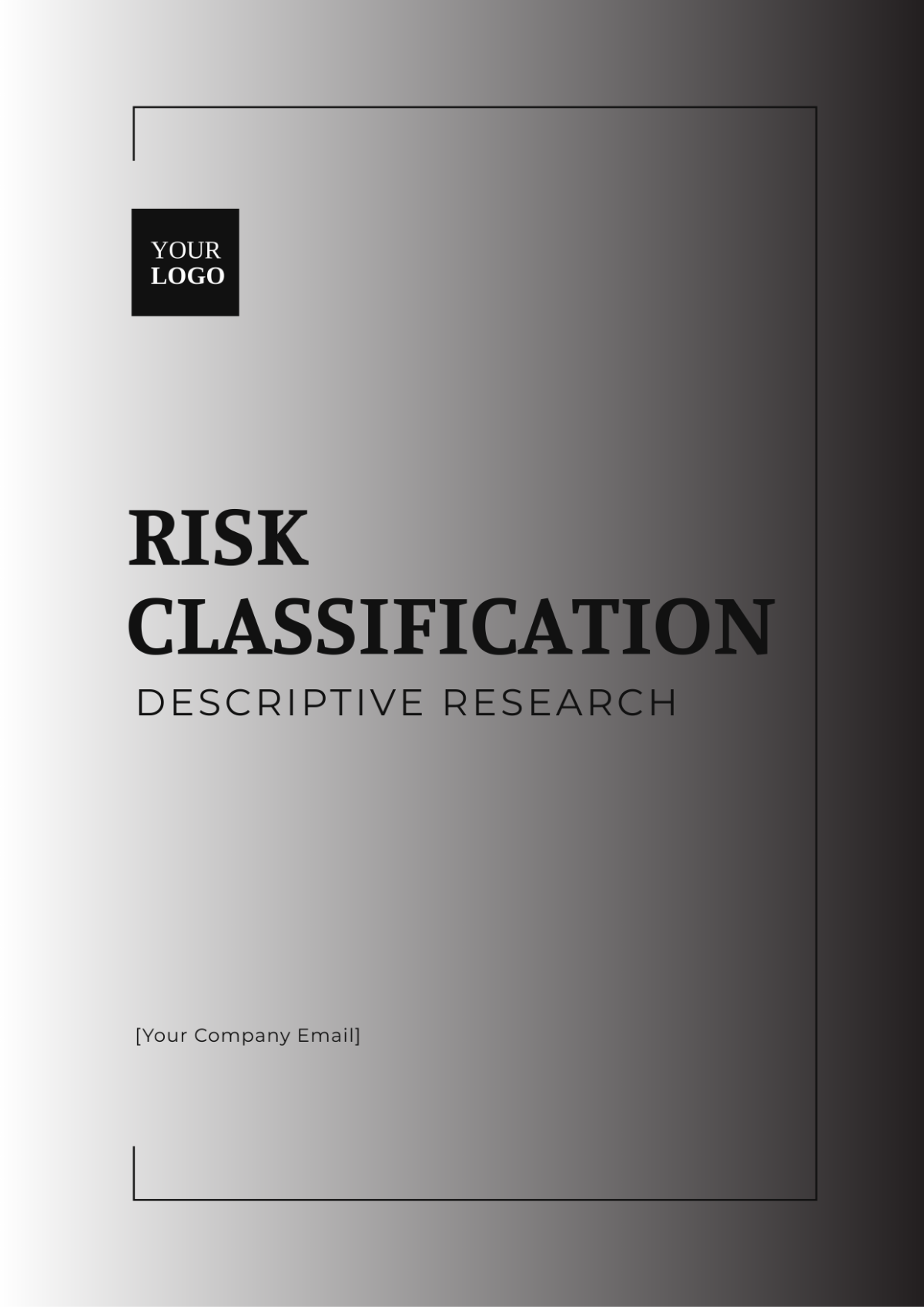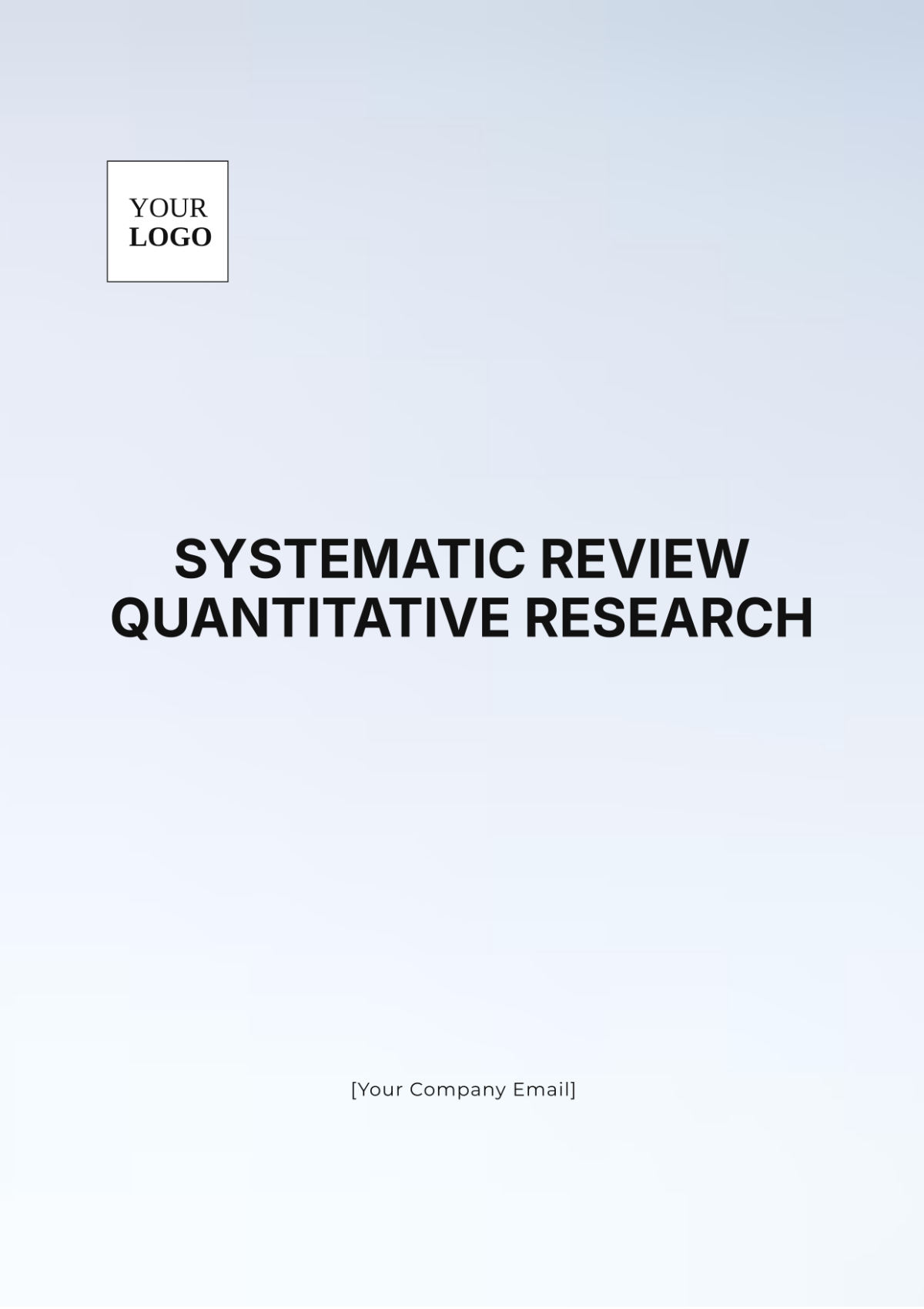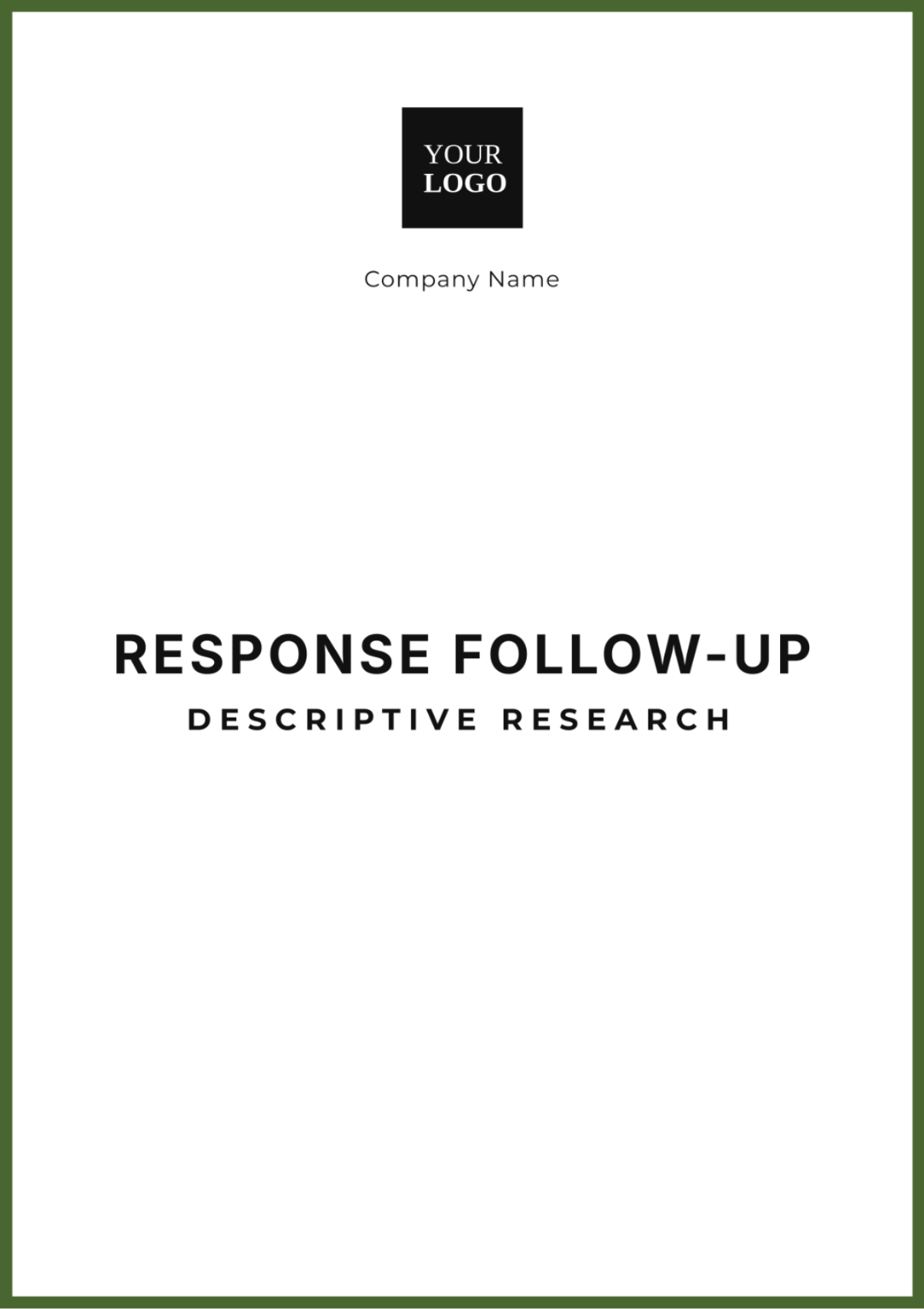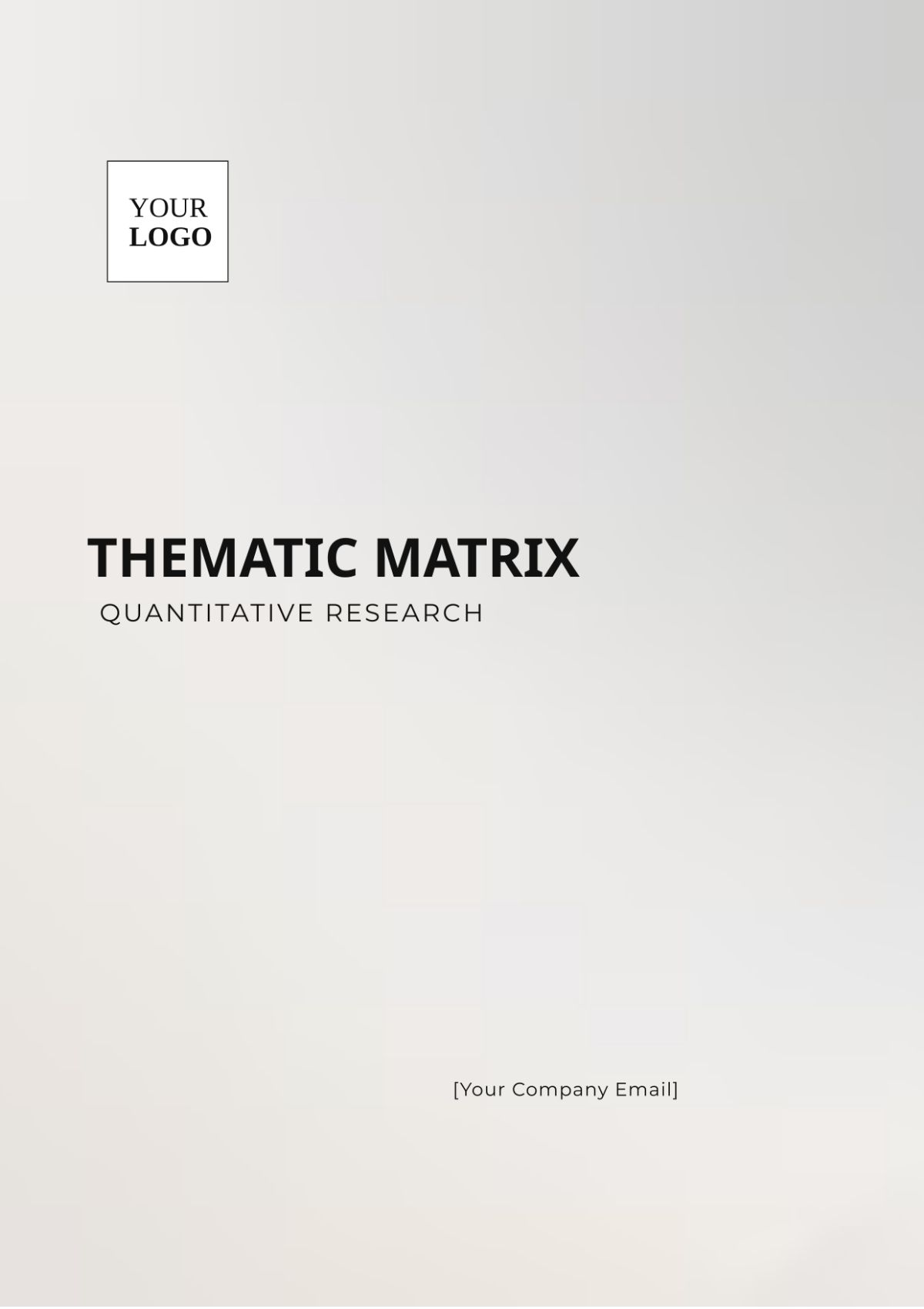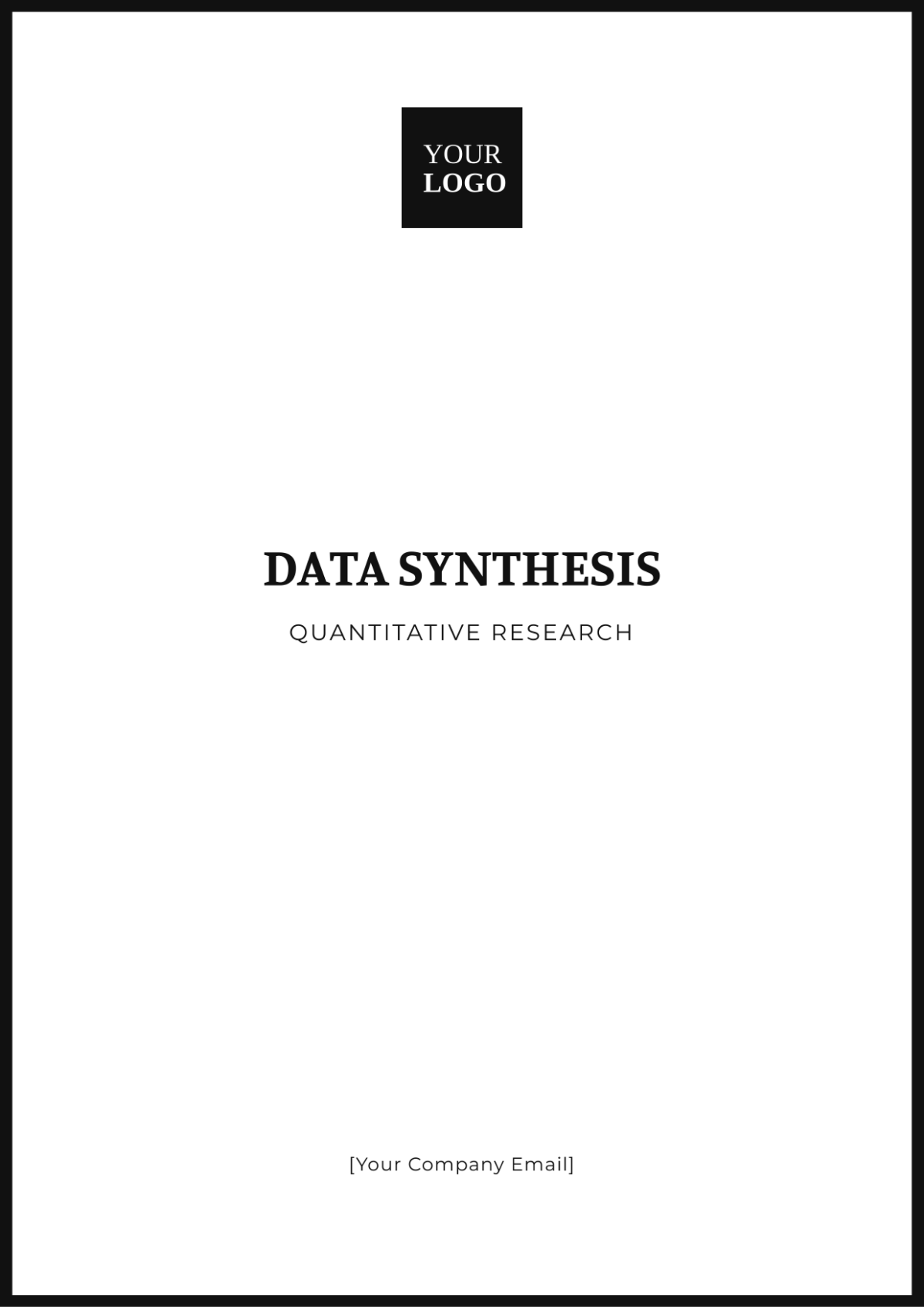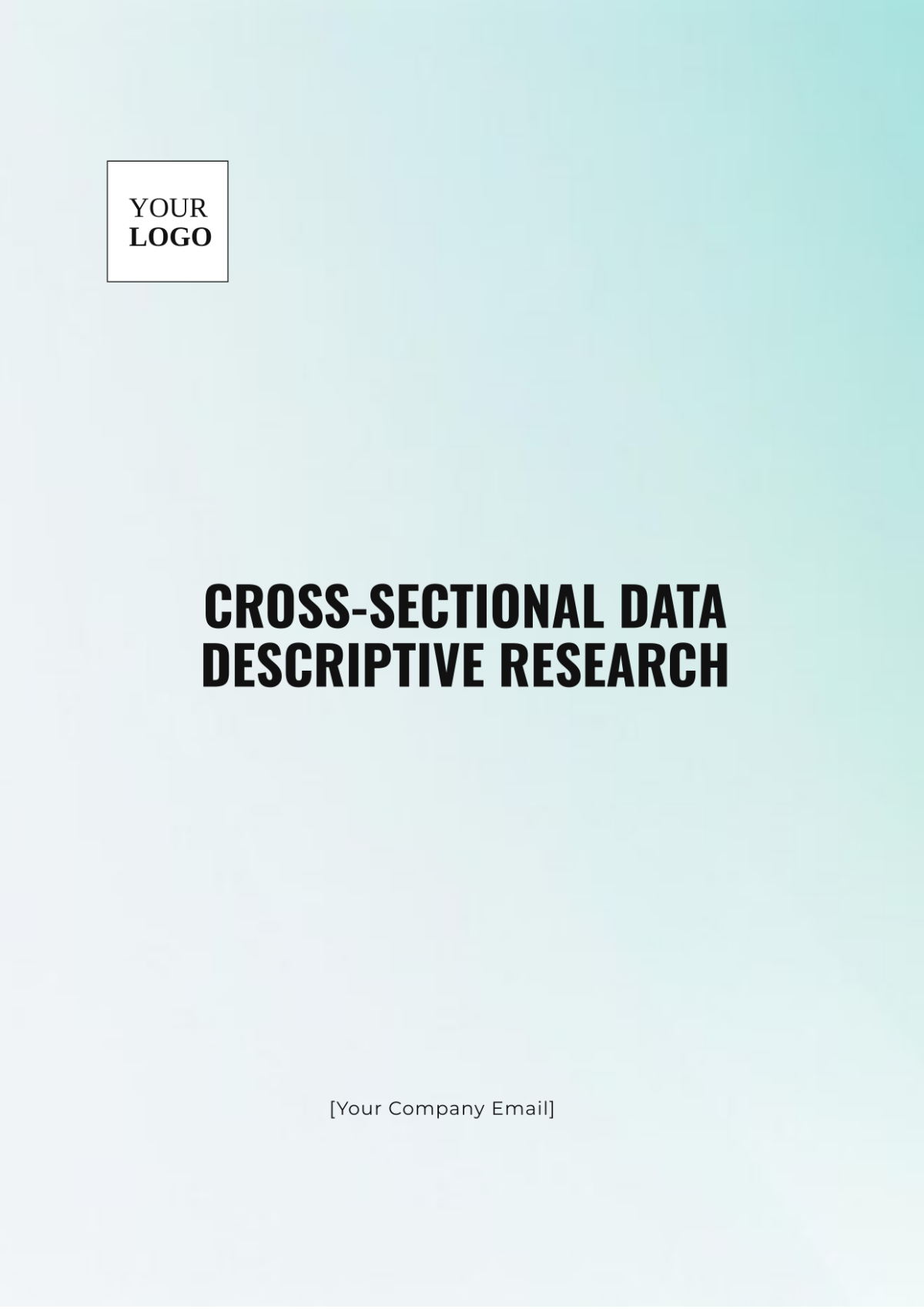Standardized Interview Quantitative Research
Prepared By: [YOUR NAME]
Date: [DATE]
I. Introduction
A. Objective
The primary goal of this research is to assess educational outcomes and effectiveness by using standardized interviews. This involves gathering consistent feedback from students, teachers, and administrators to evaluate academic performance, instructional quality, and overall institutional effectiveness.
B. Scope
The study will encompass a diverse range of educational institutions, including primary schools, secondary schools, and higher education institutions. By including various levels of education, the research aims to provide a comprehensive view of educational practices and outcomes across different educational stages.
II. Methodology
A. Design
This research will employ a standardized interview approach, where each participant will answer the same set of questions in the same manner. This ensures that responses are consistent and comparable across all interviewees.
B. Sampling Method
Participants will be selected using random sampling from a list of educational institutions. This includes schools and universities from different geographical areas and educational levels to ensure a representative sample. The sample size will be determined based on statistical power calculations to ensure reliability and validity.
C. Question Format
The interviews will use closed-ended questions with predefined response options to facilitate quantitative analysis. This format allows for straightforward coding and statistical analysis of responses.
III. Survey Questions
Role | Question | Response Options |
Students | How satisfied are you with the quality of instruction in your courses? | Satisfied |
How often do you feel engaged in your classroom activities? | Often | |
How well do you think the current curriculum prepares you for future academic or career goals? | Well |
Role | Question | Response Options |
Teachers | How effective do you find the current curriculum in addressing students' learning needs? | Effective |
How frequently do you use different teaching methods to accommodate various learning styles? | Often | |
How would you rate the support provided by the administration for your professional development? | Good |
Role | Question | Response Options |
Administrators | How successful do you think your institution has been in improving student performance over the past year? | Successful |
How adequate is the resource allocation for achieving educational goals? | Adequate | |
How well do you believe current policies support effective teaching and learning? | Well |
IV. Data Collection
A. Process
Interviews will be conducted either in person or via online platforms (e.g., Zoom, Microsoft Teams) to ensure flexibility and accessibility. Each interview will follow a standardized protocol to maintain consistency.
B. Duration
Each interview is anticipated to last approximately twenty to thirty minutes. This allotted duration ensures ample time for a comprehensive examination of each question, while also being considerate of and not overextending the participants' valuable time.
C. Data Recording
Responses will be recorded using survey software (e.g., SurveyMonkey, Google Forms) to ensure accurate data entry and analysis. Audio recordings may also be made with participant consent for further validation.
V. Data Analysis
A. Techniques
Data will be analyzed using statistical software (e.g., SPSS, R) to perform descriptive and inferential statistics. This includes calculating means, medians, modes, and standard deviations.
B. Metrics
Mean: Average response score for each question.
Median: Middle value in the responses, providing insight into the central tendency.
Mode: Most frequently selected response, highlighting common opinions.
Standard Deviation: Measure of variability in responses.
C. Comparative Analysis
Results will be compared across different educational levels and institutions to identify patterns, trends, and disparities. This may include cross-tabulations and comparative graphs.
VI. Results
A. Summary
The results section will provide a comprehensive statistical summary of the responses gathered from students, teachers, and administrators. The analysis will be segmented by role to offer detailed insights into educational outcomes and effectiveness.
B. Example Summary Table
Group | Question | Positive Responses (%) | Neutral Responses (%) | Negative Responses (%) |
|---|---|---|---|---|
Students | Satisfaction with Instruction | 60% | 25% | 15% |
Engagement in Classroom Activities | 55% | 30% | 15% | |
Curriculum Preparation for Future Goals | 50% | 35% | 15% | |
Teachers | Effectiveness of Current Curriculum | 65% | 20% | 15% |
Use of Various Teaching Methods | 70% | 25% | 5% | |
Support for Professional Development | 55% | 30% | 15% | |
Administrators | Success in Improving Student Performance | 60% | 25% | 15% |
Adequacy of Resource Allocation | 50% | 30% | 20% | |
Effectiveness of Current Policies | 55% | 30% | 15% |
C. Table
This table will compare how effective the current curriculum is perceived to be in addressing learning needs across different groups.
Group | Very Effective (%) | Neutral (%) | Ineffective (%) |
|---|---|---|---|
Students | 25% | 35% | 40% |
Teachers | 30% | 25% | 45% |
Administrators | 20% | 40% | 40% |
Table: Comparison of Curriculum Effectiveness
VII. Conclusion
A. Key Insights
Curriculum Alignment: The current curriculum's effectiveness is mixed, with some students questioning its relevance to future goals.
Teaching Methods: Most teachers use diverse teaching methods, though there is room for improvement in their application.
Resource Allocation: Resource allocation is a concern, with some administrators noting inadequacies that could impact educational quality.
Professional Development: Support for professional development is generally positive but could be improved to address emerging challenges.
B. Recommendations
Revise Curriculum: Update the curriculum to better align with future academic and career goals, incorporating feedback from students and experts.
Enhance Teacher Training: Expand professional development to include innovative teaching methods, curriculum design, and technology integration.
Adjust Resource Allocation: Assess and reallocate resources to better support educational goals, including new technologies and staff support.
Increase Student Engagement: Implement strategies to boost student engagement, such as interactive activities and personalized feedback.
C. Future Research
Explore Additional Variables: Investigate factors like socio-economic status and parental involvement to understand their impact on educational outcomes.
Conduct Longitudinal Studies: Track changes in educational practices and outcomes over time to assess the long-term effects of interventions.
Expand Sample Diversity: Include a broader range of educational institutions and demographics to gain a comprehensive view of educational effectiveness.
VIII. Appendices
Informed Consent Forms: Copies of the consent forms used to obtain permission from participants for their involvement in the research.
Demographic Data: Detailed demographic information of the participants, including age, gender, educational level, and institution type.
Supplementary Documents: Any additional documents relevant to the research, such as ethical approval forms, detailed methodology descriptions, and data collection protocols.
Data Tables and Charts: Complete tables and charts that were referenced in the results section, providing a detailed breakdown of the data.
A. References
Smith, J. (2051). Evaluating Curriculum Effectiveness: A Comparative Study Across Educational Levels. Journal of Educational Research, 62(3), 45-59.
Johnson, L., & Lee, M. (2052). Teaching Methods and Student Engagement: Analyzing Current Trends. International Review of Education, 78(1), 21-34.
Williams, T. (2053). Resource Allocation in Education: Challenges and Solutions. Educational Administration Quarterly, 49(2), 112-126.
Brown, A., & Davis, R. (2054). Professional Development for Educators: Meeting Emerging Needs. Teaching and Learning Review, 39(4), 67-80.







